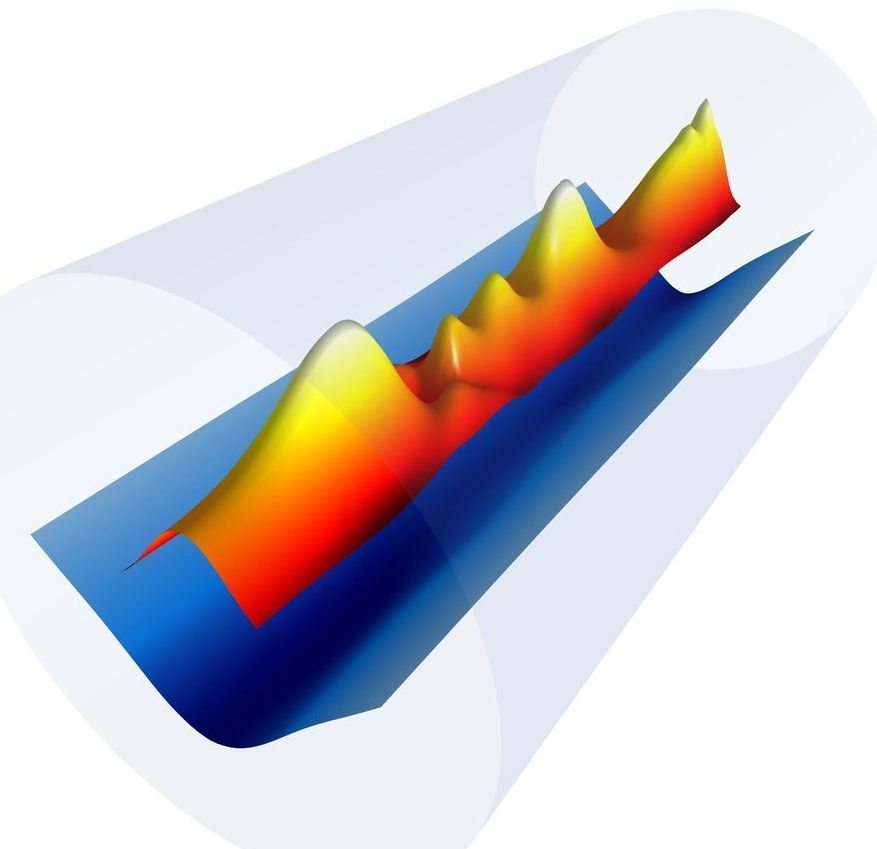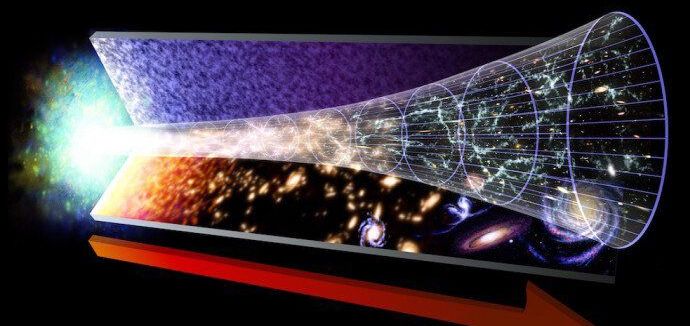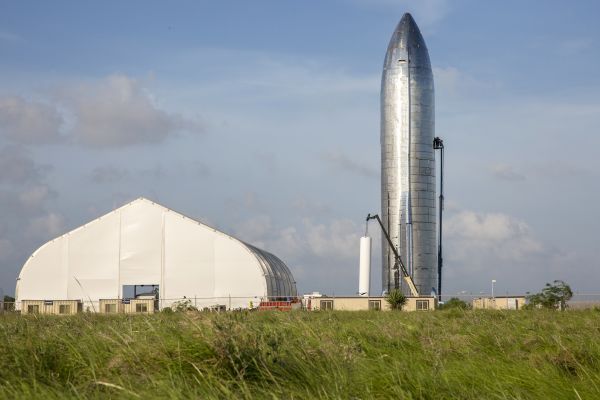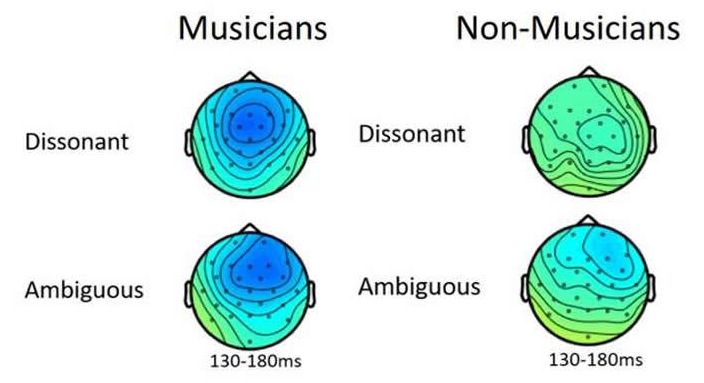To understand the fundamental nature of our universe, scientists would like to build particle colliders that accelerate electrons and their antimatter counterparts (positrons) to extreme energies (up to tera electron volts, or TeV). With conventional technology, however, this requires a machine that is enormously big and expensive (think 20 miles (32 km) long). To shrink the size and cost of these machines, the acceleration of the particles—how much energy they gain in a given distance—must be increased.
This is where plasma physics could have a dramatic impact: a wave of charged particles—a plasma wave—can provide this acceleration through its electric field. In a laser plasma accelerator, intense laser pulses are used to create a plasma wave with electric fields that can be thousands of times stronger than those attainable in conventional accelerators.
Recently, the team at Berkeley Lab’s BELLA Center doubled the previous world record for energy produced by laser plasma accelerators, generating electron beams with energies up to 7.8 billion electron volts (GeV) in an 8-inch-long plasma (20 cm). This would require about 300 feet (91 m)using conventional technology.







